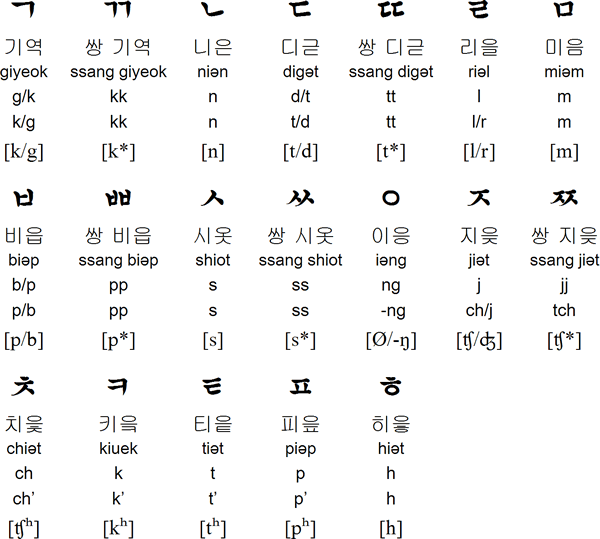Based on my observations of Korean interactions on-screen, I’ve definitely been getting the impression that Koreans value respect. They express this through formal speech, as I mentioned in one of my culture posts, as well as body language. For instance, it is the norm to bow to someone you meet for the first time and to someone who has a high status in Korea. And, as you would expect, the degree at which you tilt your waist forward (the deepness of the bow) increases as the status of the person increases, and sometimes for the higher authorities you would hold your hands together while bowing. Among familiar friends and relatives, bows are more like casual tilts of the head.
Bowing is one of the more noticeable and common demonstrations of respect, but there are certainly other more subtle actions for showing respect. For example, when giving or taking from someone, one generally uses both hands to receive the object or, if it’s particularly small, the right hand with your right forearm supported by the left hand. Touching in general is disrespectful and can potentially be considered as a personal violation if the someone you’re touching is not a close friend or relative. Eye contact is usually avoided between juniors and seniors in the business world, because it can be interpreted as a challenge to the other person. Also, when beckoning someone, you would extend your arm with the palm facing down and move your fingers in a cute scratching motion. These are just a few ways Koreans show respect for each other, and I’ve noticed all of these things whenever I watched Korean TV shows. But, I didn’t realize that something like eye contact and touching were potential relationship destroyers. Should I go to Korea one day, I’ll definitely be cautious of these norms.

